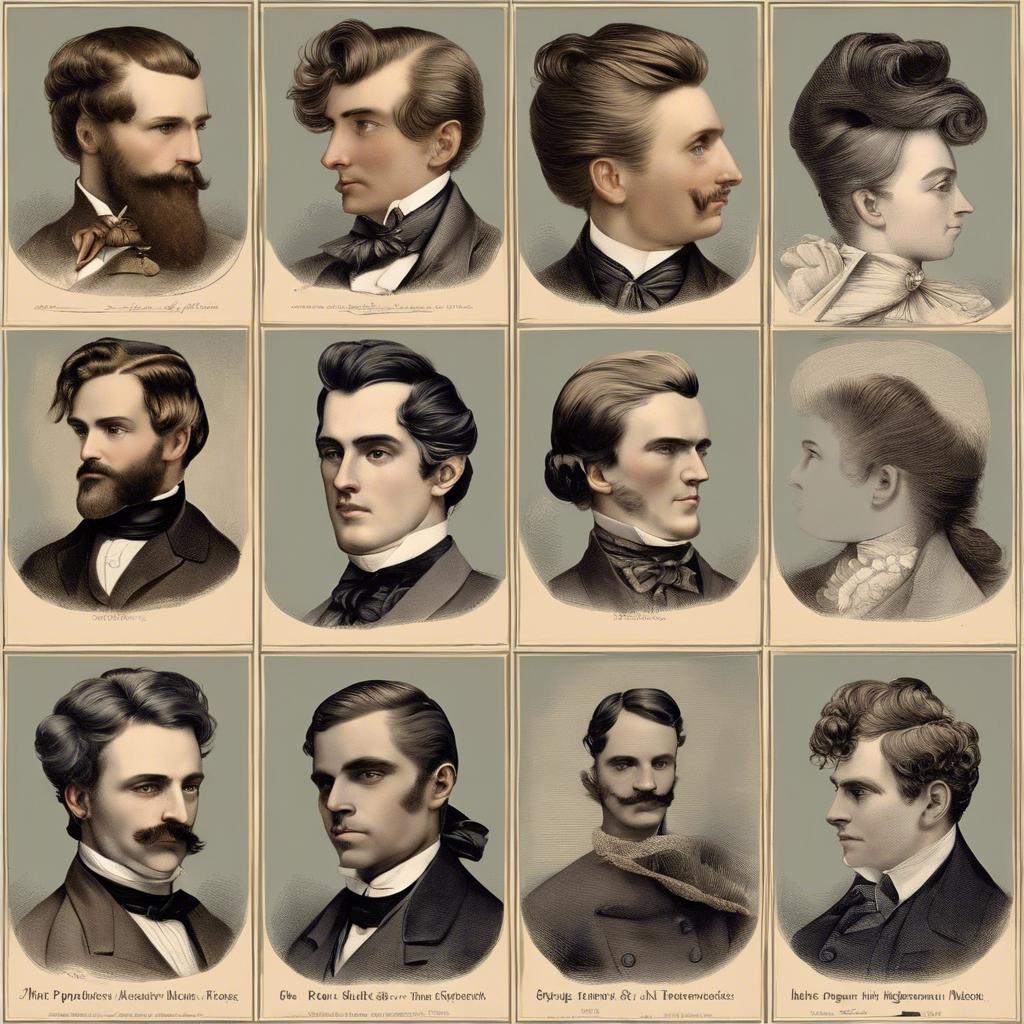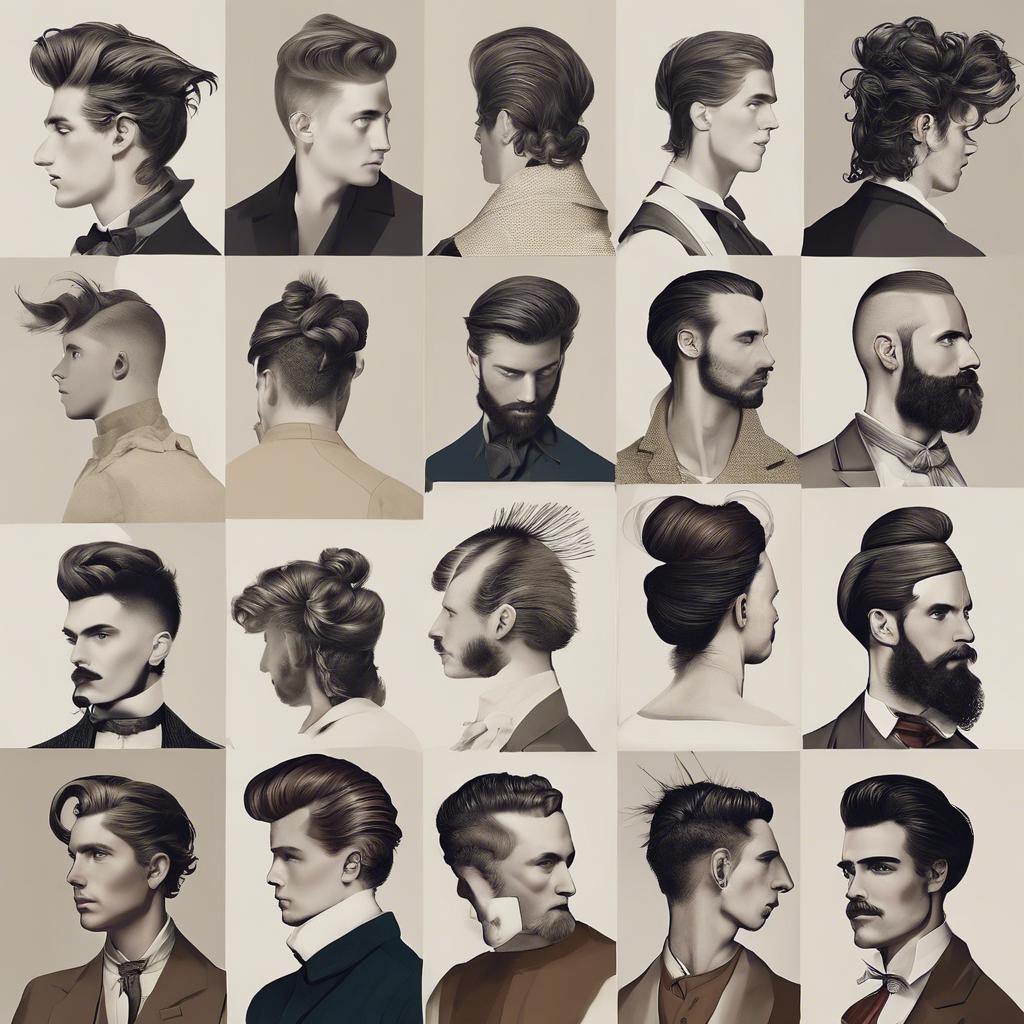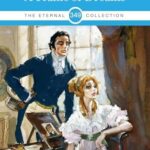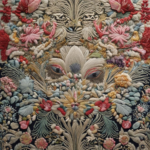Throughout history, hairstyles have served as a reflection of both societal norms and personal expression. In the 1800s, male hairstyles underwent a drastic evolution, influenced by factors such as class, profession, and cultural trends. From the elaborate wigs of the aristocracy to the simple, close-cropped styles of the working class, the hairstyles of the 1800s offer a glimpse into the complexities of masculinity and identity during this era. Join us as we explore the fascinating world of 1800s male hairstyles and the cultural significance behind each trend.
Step Into the World of Cheryl Bolen
Dive into the enchanting stories of love, intrigue, and elegance set in the Regency Era. Cheryl Bolen's novels offer timeless romance and captivating tales that will leave you wanting more.
Explore Cheryl Bolen's Books Now
Popular Hairstyles for Men in the 1800s
The 1800s saw a variety of popular hairstyles for men that reflected the fashion trends of the time. One iconic hairstyle from this era was the mutton chops, which featured sideburns that extended down to the corners of the mouth, creating a distinctive and bold look. Another popular choice was the pompadour, where the hair was swept upwards and back off the forehead, creating a voluminous and stylish appearance.
For men looking for a more refined and polished look, the slicked-back hairstyle was a popular choice. This style involved combing the hair back with a shiny pomade or oil, giving it a sleek and sophisticated appearance. Additionally, the top hat was often worn with these hairstyles, adding an extra touch of elegance to the overall look.
Men in the 1800s also embraced long, flowing locks as a symbol of masculinity and vitality. This style was often achieved by growing out the hair and either wearing it loose or tying it back in a ponytail or bun. Long hair was seen as a sign of strength and individuality, making it a sought-after hairstyle among many men during this time period.
Evolution of Male Hair Trends throughout the 19th Century
Throughout the 19th century, male hair trends underwent significant evolution, reflecting the changing styles and societal norms of the time. From the beginning of the century to the end, men’s hairstyles transformed dramatically, influenced by cultural movements, fashion trends, and technological advancements.
At the start of the 1800s, men typically wore their hair long and styled in a more natural, flowing manner. Sideburns were popular, and men often sported simple updos or loose curls. As the century progressed, shorter hair became more fashionable, with clean-shaven faces becoming the norm. The invention of the first safety razor in 1880 revolutionized grooming routines, leading to a preference for a more polished and refined appearance.
By the late 19th century, slicked-back hairstyles and neatly trimmed mustaches were all the rage among elite gentlemen. The Victorian era saw the rise of elaborate grooming rituals, with men dedicating more time and effort to their personal appearance. This shift toward a more sophisticated and tailored look set the stage for the sleek and stylized male hairstyles that would dominate the 20th century.
Influential Figures in 1800s Mens Hairstyle Fashion
In the 1800s, men’s hairstyle fashion was greatly influenced by several iconic figures who set the trends of the time. These influential individuals played a significant role in shaping the way men wore their hair during this period.
One such figure was Beau Brummell, a prominent British dandy known for his impeccable sense of style. Brummell popularized the sleek and polished look, which often involved using pomade to slick back the hair and create a refined appearance. His elegant hairstyle became a symbol of sophistication and high society.
Another key influencer in 1800s men’s hairstyle fashion was Emperor Napoleon Bonaparte. Napoleon favored a short, cropped hairstyle that accentuated his strong jawline and military image. This clean and practical style was adopted by many men during the era, reflecting the influence of the powerful ruler on fashion trends.
Tips for Recreating 19th Century Mens Hairstyles
When it comes to recreating 19th century men’s hairstyles, there are a few key tips to keep in mind. One important factor to consider is the length of the hair. Men in the 1800s typically wore their hair longer than we do today, so growing out your locks may be necessary for a more authentic look. Whether you choose to grow out your hair or use hair extensions, length is a crucial aspect of achieving a historically accurate hairstyle.
Another essential element of 19th century men’s hairstyles is the use of hair products. Pomade, a styling product commonly used during this time period, can help achieve the sleek and polished look that was popular among men in the 1800s. When styling your hair, be sure to use a generous amount of pomade to achieve the desired hold and shine. Additionally, using a comb to create intricate patterns and shapes in your hair can help replicate the intricate styles of the 19th century.
For those looking to add a touch of authenticity to their 1800s-inspired hairstyle, consider incorporating accessories such as top hats, bow ties, or pocket watches. These accessories were commonly worn by men during the 19th century and can enhance the overall look of your hairstyle. By paying attention to details such as hair length, styling products, and accessories, you can recreate the classic charm of 19th century men’s hairstyles with confidence.
Concluding Remarks
the hairstyles of the 1800s for men were a reflection of the societal norms and values of the time. From the powdered wigs of the early 19th century to the more natural and simpler styles of the late Victorian era, men’s hair has always been a symbol of status, fashion, and identity. As we continue to explore and appreciate the history of male hairstyles, let us remember the impact that these iconic looks have had on our perception of masculinity and grooming. Let us also remain inspired by the creativity and artistry of hairdressers and barbers of the past, who helped shape the trends that continue to influence our modern styles today.


